A Once in a Lifetime Opportunity
Introduction
Landscape
| In 2013, the population of Mongolia was a mere 2.9 million, making it the least densely populated country, in addition to one of the least developed countries, in the world. Over half the country (52%) is grassland and shrubs, the steppes stretching infinitely in all directions. 32% of the country is desert, with the Gobi Desert, in Mongolia’s south, being the fifth largest desert in the world. 15% is forest, including the northern taiga of Siberia, an area which frequently suffers from fire and insect damage caused by the cold, dry climate. Although just 1% is utilised for human settlement and crop cultivation, these areas still suffer from overgrazing. |
| After independence from Russia in 1990, it was hoped the entire country could be turned into a National Park. This hope was to prove unattainable but, in a relatively short time, 13.2% of Mongolia has been protected including 48 separate areas. The government aims to protect a total of 30% of the country, which would mean Mongolia would possess the largest park system in the world. |
Climate
| Mongolian weather is influenced by snow-capped mountains (average peaks of 5,180 metres) on one side and oceans on the other, resulting in extremely cold conditions in winter. Average temperatures in winter vary between -25 degrees at night and -15 degrees during the day. Ulaanbaatar, the country's capital city, can suffer unbearable levels of air pollution between December and February and strong winds in March and April can cause choking dust and sand storms. |
People and Lifestyle
| The diet consists of mainly dairy products and meat (especially mutton), animal organs, intestines and even the head. Mongolian airag, made from fermented mare’s milk, is often drunk. Notoriously strong, airag is reputed to be responsible for many of the past wars between feuding Mongolian families. Roads are undeveloped and road signs virtually non-existent. Famously, the Trans Mongolian Railway is part of a vast rail network that links Beijing and Moscow and connects with the famous Trans Siberian Railway. There are few medical facilities and communication with the locals may require an interpreter. Mongolian people may not be too talkative with foreigners but they are friendly and tolerant and appreciate attempts to converse in the native language, so a phrasebook is recommended. Long conversations in a foreign language should be avoided and a small gift offered when staying with a family. |
Mongolian Fauna
Mammals of the Steppe
| Tahi (Przewalski’s) Horse These wild horses became extinct in Mongolia in 1968 due, in part, to barbaric and extensive hunting funded by foreigners. Fortunately, a Russian army officer, Przewlski (1839-1888) had initiated a campaign to remove Tahi foals from their native Mongolia. This allowed 84 wild horses to be reintroduced between 1992 and 2000 with the help of government funding from the Netherlands and now herds numbering 200 can be seen. Their reintroduction has been described as nothing short of miraculous, representing one of the most successful conservation stories of our time. |
Birds of the Steppe
| Grey Demoiselle Cranes Bike riders are guaranteed to see this charismatic creature as this is the most common bird in Mongolia. This is perhaps due to the fact that, traditionally, it is bad luck for locals to kill it. It may also be possible to see the Cinereous Vulture, the largest raptor in Central Asia, the Sakar Falcon, smuggled to the Gulf states and used for sport, the Black Kite, which will often swoop down and catch bread thrown high into the air, hawks, eagles, owls, upland buzzards and the colourful hoopoes. |
Other Unique Mongolian Animals
| Several species of animal are seriously endangered including the Argali Sheep, the Snow Leopard, of which only 1000 remain, wild asses, ibex and the Gobi Bear, the world’s only desert-dwelling bear. With only 22 remaining, the Gobi bear represents the mammal closest to extinction in Mongolia. Animals found in forest regions include the Siberian Ibex, the Brown Bear, the Wild Boar and wolves. | Found in the desert, the Bactrian Camel is a two humped cantankerous beast with a shaggy wool coat which can survive a week without water and a month without food. When the hump droops the camel is in need of food and water and it is able consume up to 200 litres of water in one day, making even the biggest mountain biker’s camelbak positively minute. There are 260,000 camels in Mongolia with over two thirds found in the Gobi Desert region. |



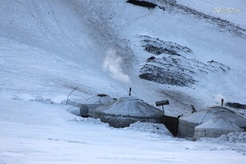

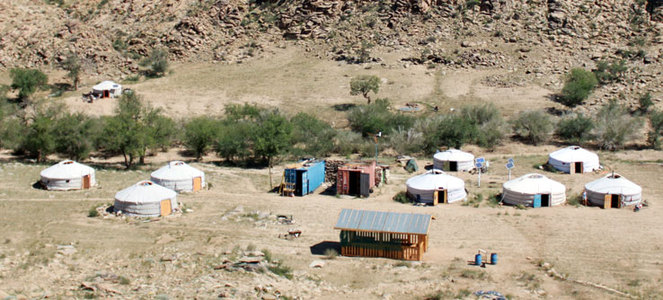



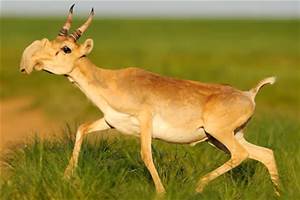

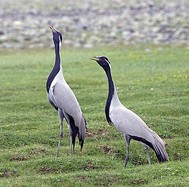

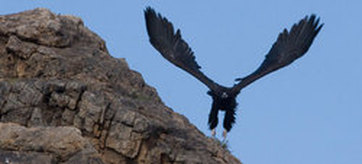


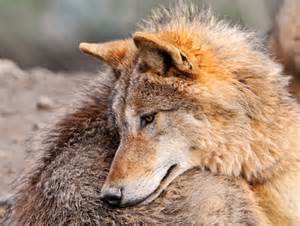










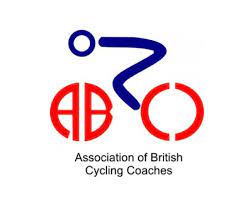
 RSS Feed
RSS Feed
